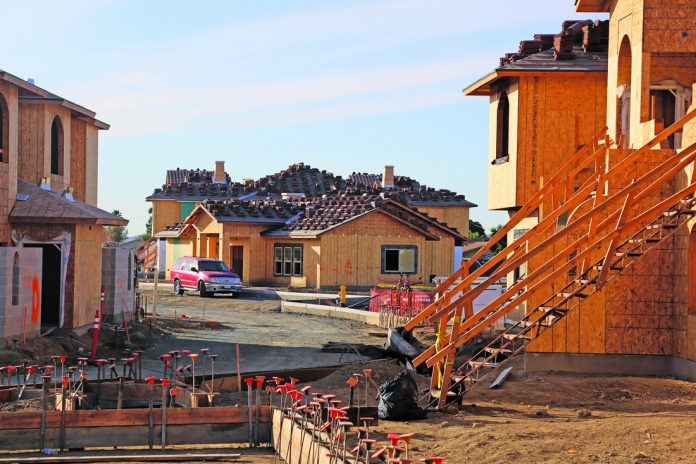
While more than 700 homes have been built in San Benito County since 2015, a recent report confirms that the area is woefully lacking in affordable housing as the population has boomed over the last decade.
The county’s annual housing element progress report, presented to the board of supervisors earlier this month, shows the county is 86 percent of the way toward its overall housing goals in the unincorporated area for the period 2015-2023, as dictated by the Regional Housing Needs Allocation.
Specifically, the RHNA determined the county would need 837 housing units during the nine-year period. As of the end of 2020, 720 of those homes have already been built, according to a March 9 presentation by Jamila Saqqa, Housing Programs Coordinator for San Benito County and the City of Hollister.
However, only six homes in the last six years have been built for the lowest affordable housing income categories. Three of the homes were for “very low” income (less than 50 percent of the median family income) owners and three were for “moderate” income (80 to 20 percent of MFI) owners. Zero homes have been built for “low” income (50 to 80 percent of MFI) since 2015, according to the county’s annual housing element progress report.
A total of 208 homes have been built for “above moderate” (more than 120 percent of MFI) owners.
Completed housing units that don’t fall into any of these affordable housing categories are typically built for market-rate buyers.
The county housing report pits slow growth advocates at odds with affordable housing needs in a county whose median household income is about $87,000.
Supervisor Kollin Kosmicki—who just took office for his first term on the board in January—ran on a campaign promise to bring “slower and smarter housing growth” to San Benito County. He has presented a plan that he thinks is responsive to many residents’ desire to slow the growth, but also addresses the county’s lack of affordable housing.
Kosmicki’s plan would put a 1-percent annual housing growth cap on single-family housing, with exemptions for affordable and “inclusionary” housing types such as multi-family developments. He would also like to reinstate a county impact fee waiver for affordable home developers, increase the required percentage of affordable homes in new subdivisions and remove an “in-lieu-of” fee system that developers can pay the county instead of building lower-price units.
“It’s time we address this discrepancy (in affordable housing), stop promoting irresponsible single-family housing growth and start listening to residents,” Kosmicki said at the March 9 meeting.
The supervisors only briefly discussed Kosmicki’s proposal March 9, as it is scheduled to return to the board for more in-depth discussion at an upcoming meeting. Supervisor Bob Tiffany said March 9 that the county should be “extremely careful” about imposing strict caps on growth, but he agreed the affordable housing issue should be addressed soon.
“The one thing we don’t want to do…is come off as though we are a community that is anti-growth,” Tiffany said March 9. “Imposing very low caps can send a bad signal, and I think we have to be very careful.”
Kosmicki later said his proposal is not against all growth, but rather seeks to keep the county from growing beyond its capacities for infrastructure and services. He came up with a 1 percent growth rate based on his research into similar caps that other communities in the region have imposed.
From April 2010 to July 2019, San Benito County’s population grew by 13.6 percent to 62,808, according to the U.S. Census.
The county housing element report noted that 2017-2020 has seen “some of the strongest construction periods for the county” compared to previous eras. In 2020, the county issued 211 building permits, the majority of which were for above-moderate income units in the Santana Ranch, Bennet Ranch and Sunnyside Estates developments.
Three lower income units were approved for the Southside Migrant Camp, according to the annual report.
The county has taken other steps to bring more affordable housing to the area, including the approval of the Riverview development in December. The county has also used grant funding and existing staff to update zoning ordinances and other policies, according to the housing element report.









